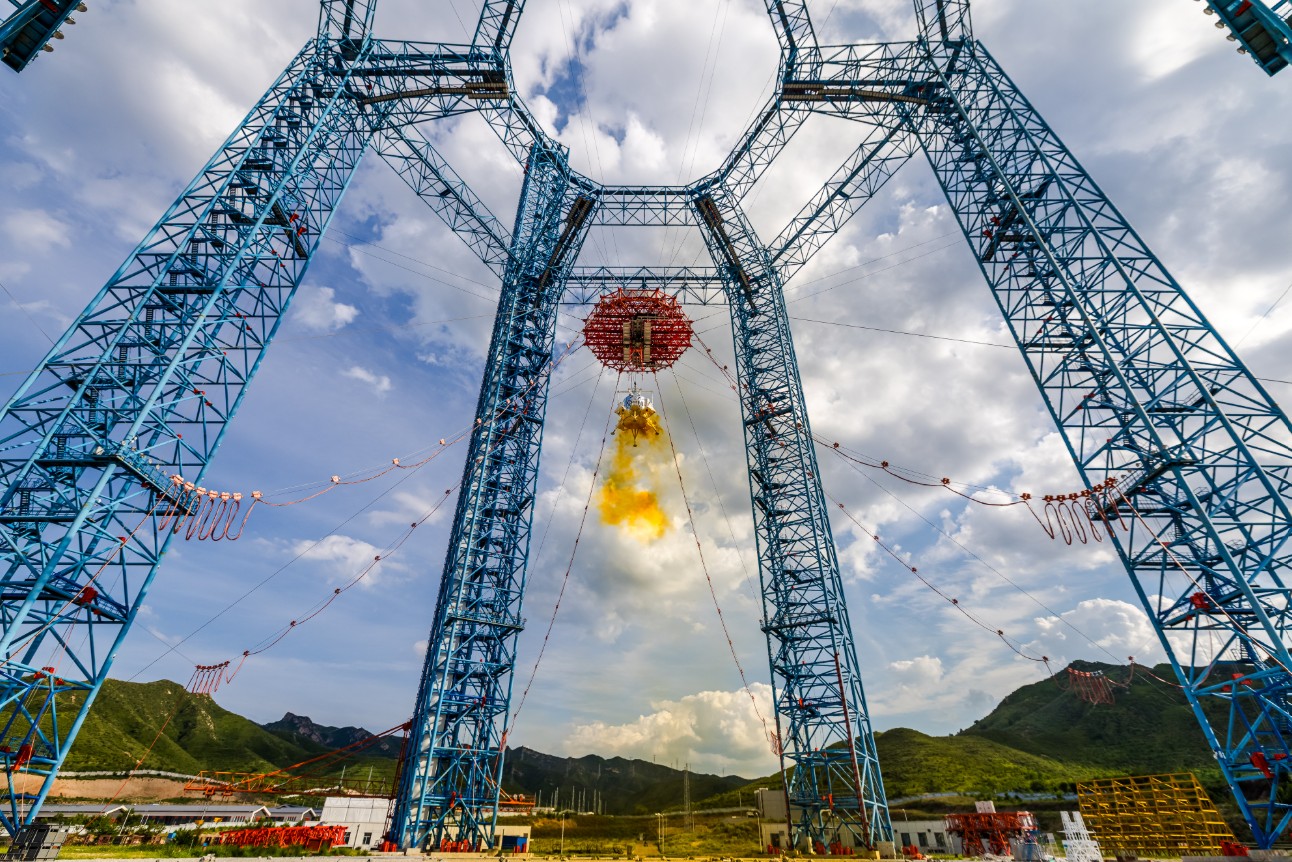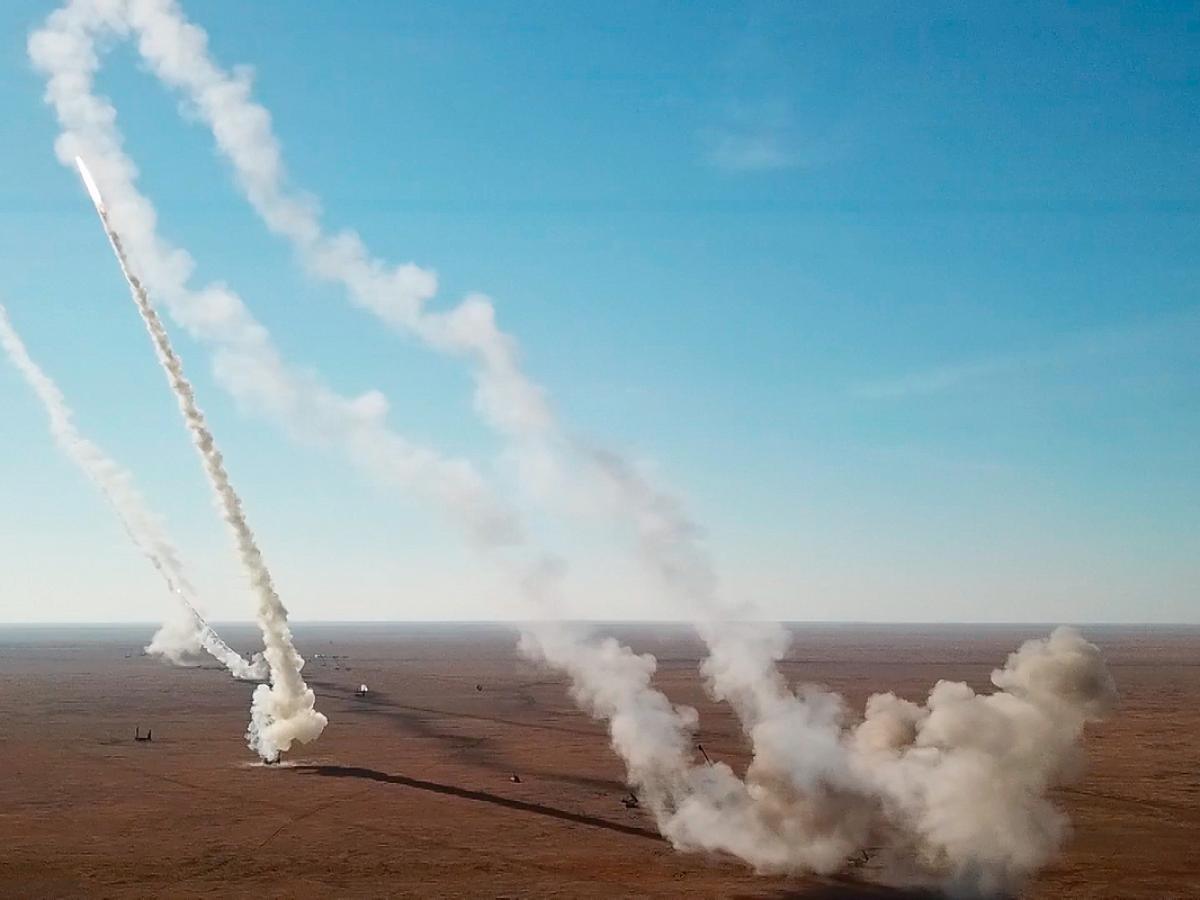
SYDNEY — China is preparing a series of tests and launches in the final quarter of 2025 crucial to its crewed moon program and commercial rocket plans.
The country’s ambition to land astronauts on the moon before the end of the decade has seen significant progress on hardware so far in 2025, with a series of tests in recent months for the Long March 10 rocket, a pad abort test for the Mengzhou crew spacecraft, and a takeoff and landing test for the Lanyue crew lander.
Though timelines are vague, indications are that some of the next steps in the development of these systems is likely before the end of the year.
Among these are new tests for the Long March 10. So far the China Aerospace Science and Technology Corporation (CASC) has conducted two static fires of a shortened first stage test article for the rocket. The full Long March 10 will use three first stages bundled together. A static fire of a full first stage and a low-altitude flight of the stage could be possibilities in the next few months.
Another expected test is an in-flight escape test at maximum dynamic pressure of the Mengzhou crew spacecraft. This follows up on the successful June pad abort and is crucial to proving safe crew launch capability. While China’s human spaceflight agency, CMSEO, announced plans for the test before the end of the year, it has not stated when the latter test will take place. It is also unknown if the test will be conducted at Jiuquan or the coastal Wenchang spaceport, nor which launch system will be used.
Updates could come during press conferences for the Shenzhou-21 crewed mission to the Tiangong space station, when CMSEO officials provide updates on some of its programs.
Reusable launch attempts and rocket debuts
Chinese launch will also enter a crucial period in the final months of 2025, with multiple new rockets close to debut flights. These include CASC’s reusable Long March 12A, developed by the Shanghai Academy of Spaceflight Technology (SAST), which recently conducted a successful hot fire test of the second stage for the rocket. This follows a first stage launch and powered vertical descent and splashdown test in January at the Eastern Maritime Spaceport at Haiyang, Shandong province.
Commercial outfit Landspace is planning to conduct a first launch of its Zhuque-3 stainless steel methalox launcher in November. The company performed a nine-engine static fire test for the first stage in June and has gone through VTVL tests with a test article.
Space Pioneer, with the Tianlong-3, is also close to a test flight with its initially expendable rocket. The company recently performed a successful first stage static fire, just over a year after a dramatic failure in which the first stage escaped from its test bed.
Orienspace is hoping to launch its first liquid propellant rocket, Gravity-2, inside 2025, having performed a recent engine test, while iSpace, which recently unveiled its rocket recovery drone ship, could also fly its Hyperbola-3 before the end of the year.
CAS Space, with its Kinetica-2, and Galactic Energy, with its Pallas-1—both kerolox rockets—are also targeting debut launches, indicating a crowded field of competitors. Galactic Energy recently performed a second stage static fire for the Pallas-1.
The expected test flights come after an exceptionally busy month for Chinese launch activity, which included launches for the national Guowang broadband and Geely’s Geesatcom Internet of Things megaconstellations. The new launchers will be aiming to demonstrate reliability in order to get a cut of the contracts available from such projects.



